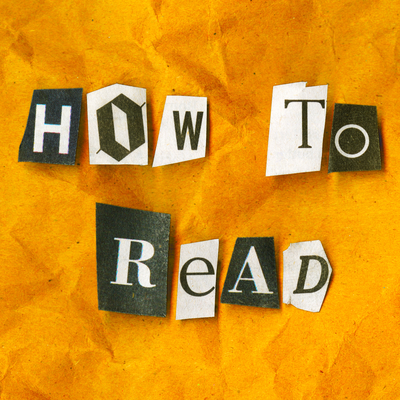We may think of reading and writing as opposite activities, but there’s a long history of people reading with blank books by their side so they could write out their favorite passages as they went. Deidre Lynch is interested in what these homemade books can tell us about the people who filled them up. Like someone’s Pinterest board or Tumblr blog today, these curated collections of words told a story about a person’s individual identity. Beyond that, they could also tell the story of relationships within a social group, with many people contributing extracts to a single book.
Tag: social media
A one-sided relationship is a bad relationship, right? Not necessarily, says Elaine Auyoung. She’s interested in what are called parasocial relationships, where we know and care a lot about someone but they don’t directly engage with us – like a celebrity, for example, or even a fictional character. While parasocial relationships are often thought of as inferior to regular person-to-person relationships, Elaine argues that they have a unique value. Precisely because there’s no reciprocation, parasocial relationships can allow us to engage with other people’s experiences without the obstacles of social anxiety or self-centredness.
Images of protest have a visceral power to grab our attention. Colin Leach has been studying how we react to different kinds of protest images. For example, an image of many police holding down one protester and an image of many protesters facing off against a few police convey very different messages about who has the power. Both protesters and police have an agenda for how they want to be represented, and this is as old as photography itself. But online news and social media bombard us with more protest images than ever before, so it’s more important than ever to understand their visceral power.
